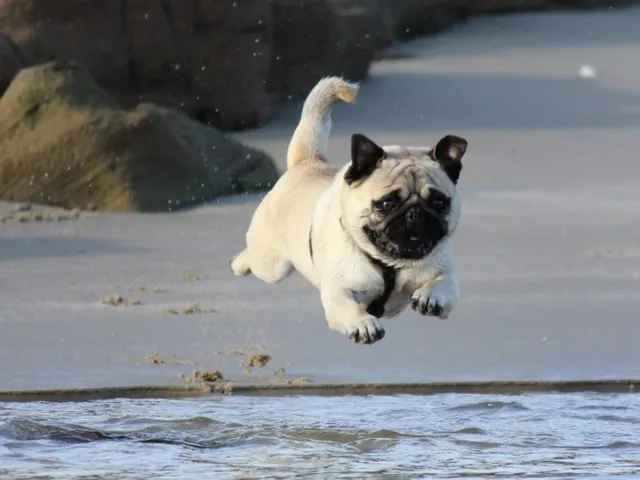How to Care for a Pug
How to Care for a Pug

Pugs, with their adorable wrinkled faces and charming personalities, have won the hearts of many dog lovers. If you're fortunate enough to own one of these delightful creatures, it's essential to understand how to care for them properly. In this comprehensive guide, we will provide you with all the information you need to ensure your Pug leads a happy, healthy, and fulfilling life.
- Introduction to Pugs
Pugs, a small breed originating from China, are known for their distinct features, including a short muzzle, wrinkled forehead, and a curly tail. They are renowned for their friendly and affectionate nature, making them ideal companions for individuals or families alike. To ensure you provide the best care for your Pug, let's delve into the various aspects of their well-being.
- Nutrition and Feeding

Proper nutrition is crucial to maintain your Pug's overall health. Ensure they receive a well-balanced diet that includes high-quality dog food specifically formulated for small breeds. Consult with your veterinarian to determine the appropriate portion sizes based on your Pug's age, weight, and activity level. Avoid overfeeding, as Pugs have a tendency to gain weight easily. Additionally, always provide clean and fresh water to keep your Pug hydrated throughout the day.
- Exercise and Mental Stimulation

While Pugs may not be as energetic as some other breeds, they still require regular exercise to maintain their health and weight. Daily walks and playtime in a secured area are great ways to keep your Pug active. However, be cautious not to overexert them during hot weather due to their short snouts, as they can be prone to breathing difficulties. Engage your Pug in mental stimulation activities, such as puzzle toys or obedience training, to keep their minds sharp and prevent boredom.
- Grooming and Coat Care
Pugs have a short, double coat that sheds moderately year-round. Regular brushing helps remove loose hair and prevents it from accumulating around your home. Use a soft bristle brush or a grooming mitt to avoid irritating their sensitive skin. Pay close attention to facial wrinkles to prevent the buildup of dirt or moisture, which can lead to infections. Regularly clean their ears, trim their nails, and brush their teeth to maintain overall hygiene.
- Health and Veterinary Care

Regular veterinary check-ups are vital for your Pug's well-being. Schedule routine visits to monitor their health, administer vaccinations, and address any concerns promptly. Pugs are prone to certain health issues, including obesity, eye problems, and respiratory difficulties. Awareness of these breed-specific conditions will help you provide appropriate care and seek early treatment if necessary.
- Training and Socialization
Training and socialization are essential for a well-behaved and happy Pug. Start training early and be consistent with positive reinforcement techniques. Pugs thrive on attention, so reward-based training will yield excellent results. Socialize your Pug with other dogs, animals, and various environments from a young age. This will help them develop good manners and prevent behavioral problems.
- Creating a Safe Environment
Ensure your home is a safe and comfortable environment for your Pug. Pugs have a tendency to explore and sometimes get into mischief. Remove any hazardous objects, secure electrical cords, and consider using baby gates to keep them out of restricted areas. Provide them with a cozy bed and designated areas for eating, drinking, and playing. Pugs are sensitive to extreme temperatures, so consider their comfort during both hot summers and cold winters.
- Emotional Well-being
Pugs are an affectionate and sociable breed, craving human companionship. Dedicate quality time to bond with your Pug through cuddling, playing, and gentle grooming sessions. Avoid leaving them alone for extended periods as they may develop separation anxiety. Engage them in interactive toys and treat puzzles to keep them mentally stimulated when you're not around.
- Conclusion
Caring for a Pug requires dedication, patience, and a genuine love for these adorable dogs. By following the recommendations provided in this guide, you can ensure your Pug stays healthy, happy, and thriving. Remember, proper nutrition, regular exercise, grooming, veterinary care, training, and a safe environment are the key pillars in providing the best possible care for your furry companion. Cherish the moments you spend together and create a wonderful life for your Pug!